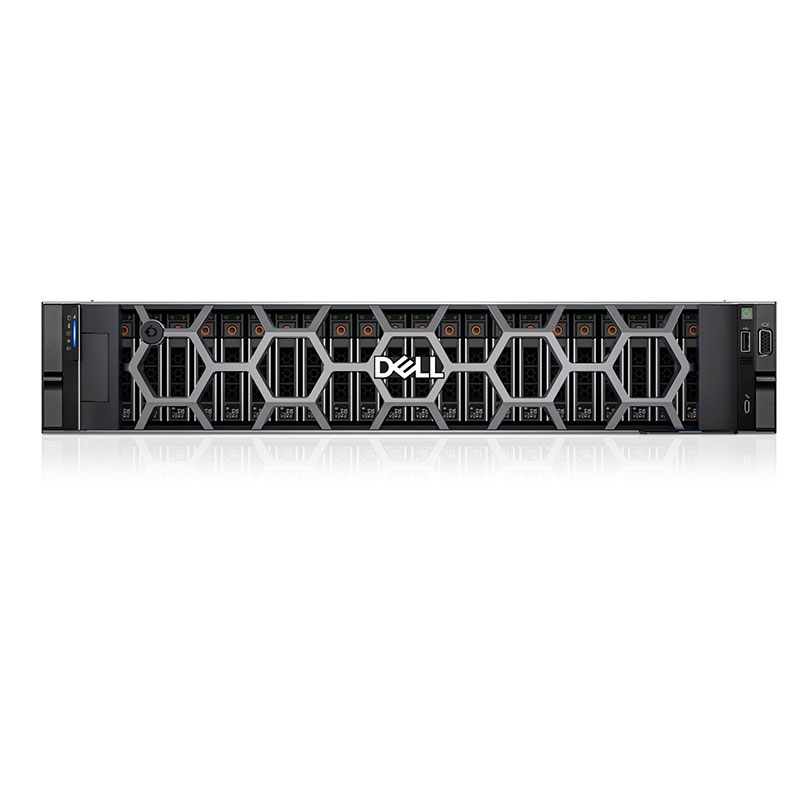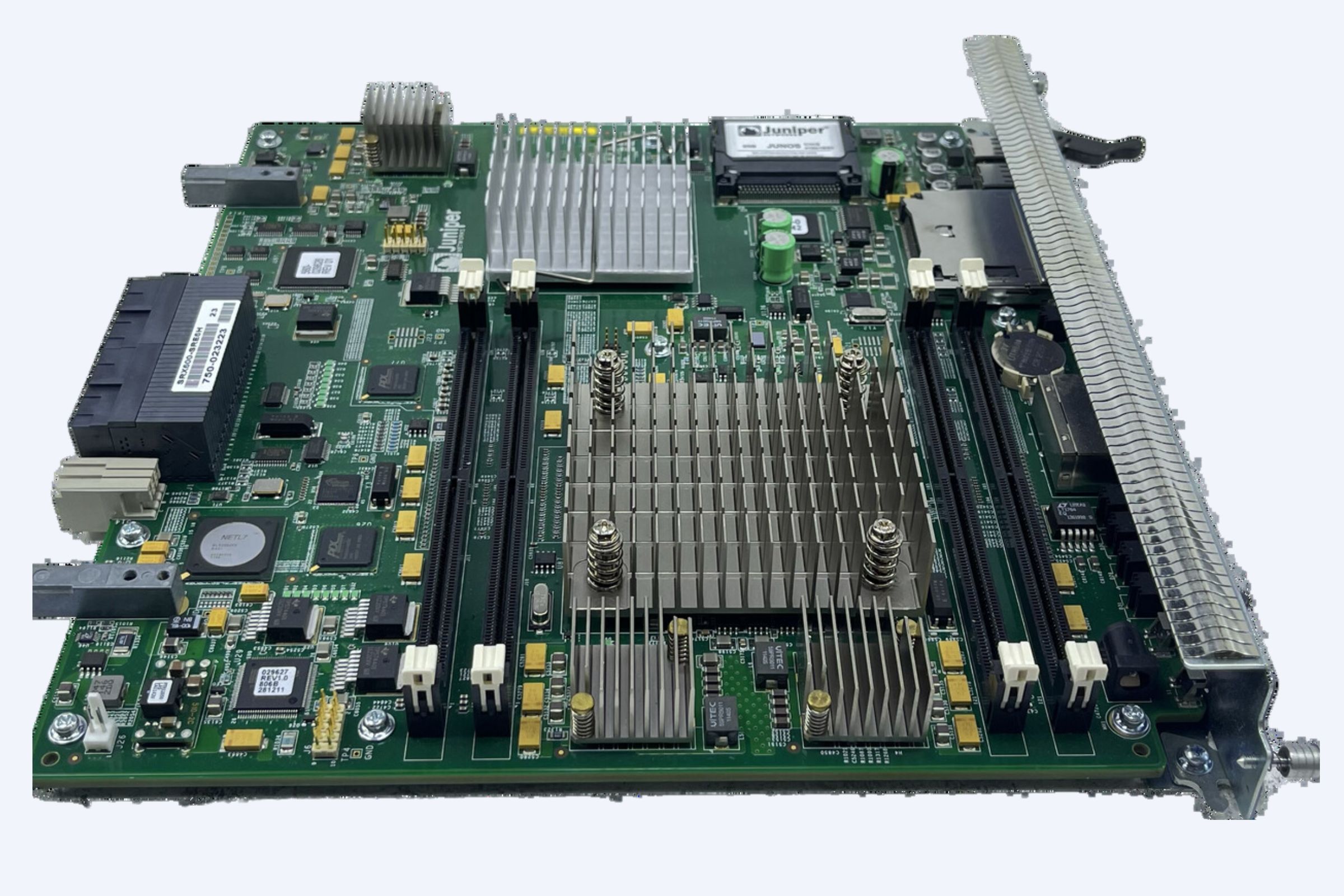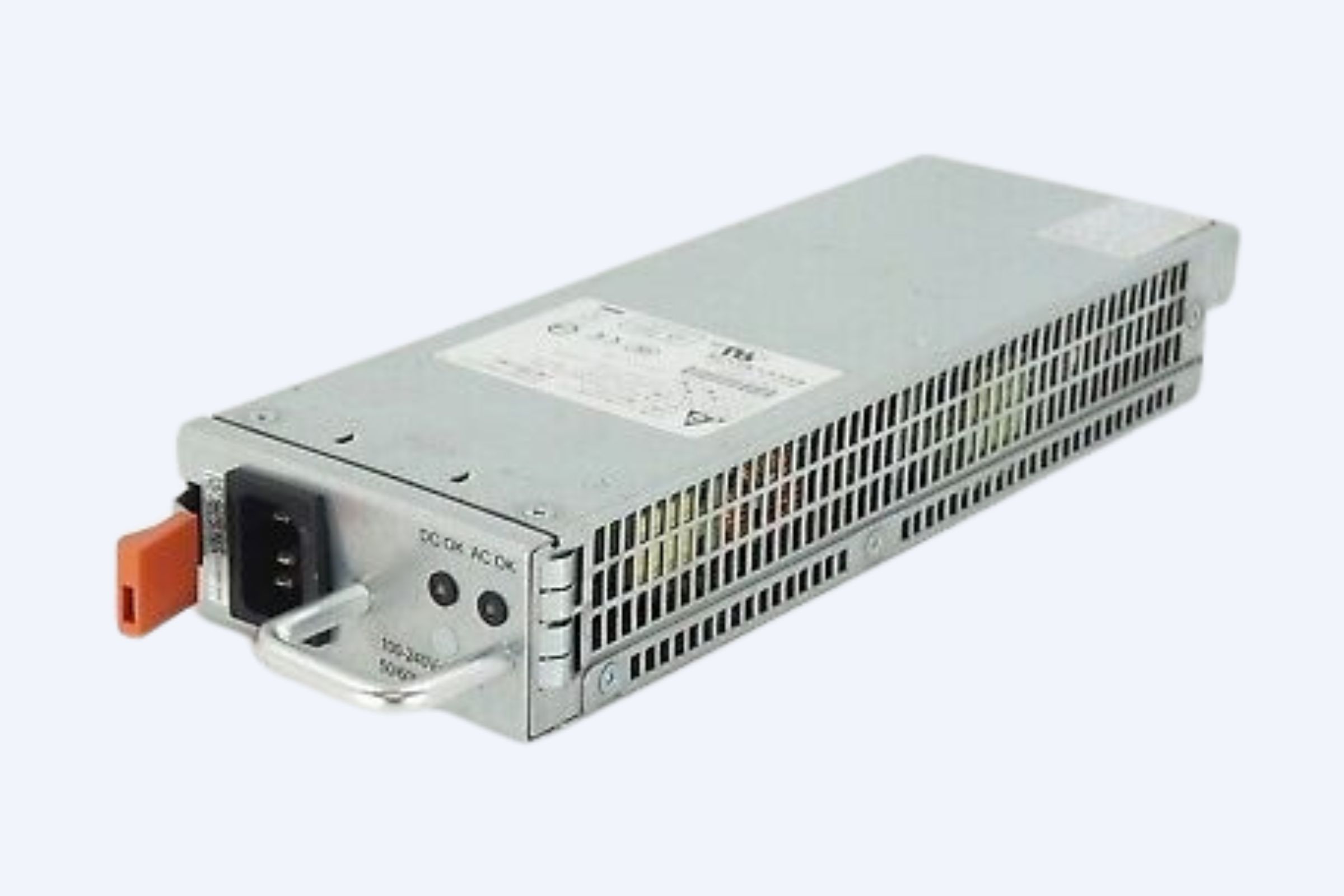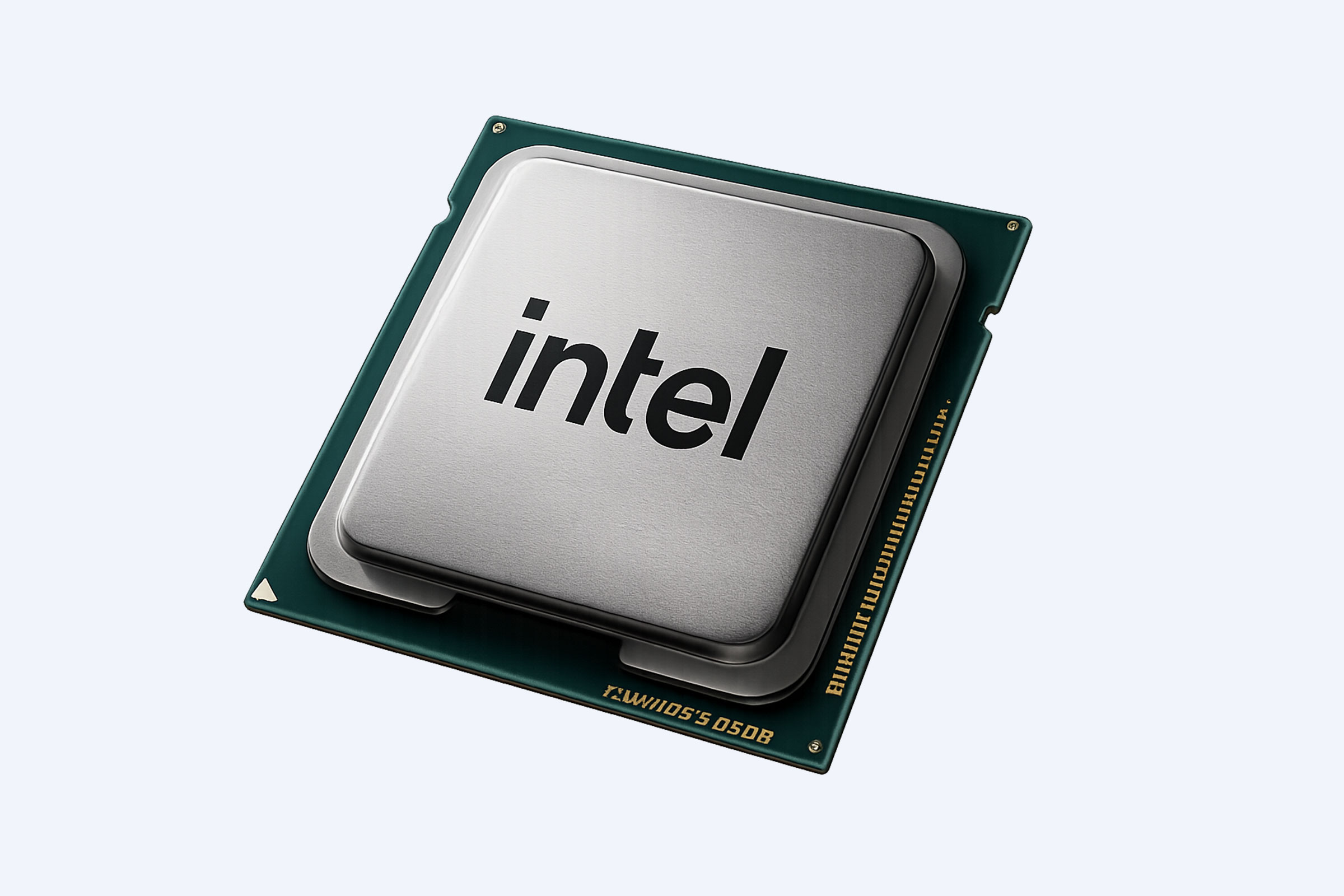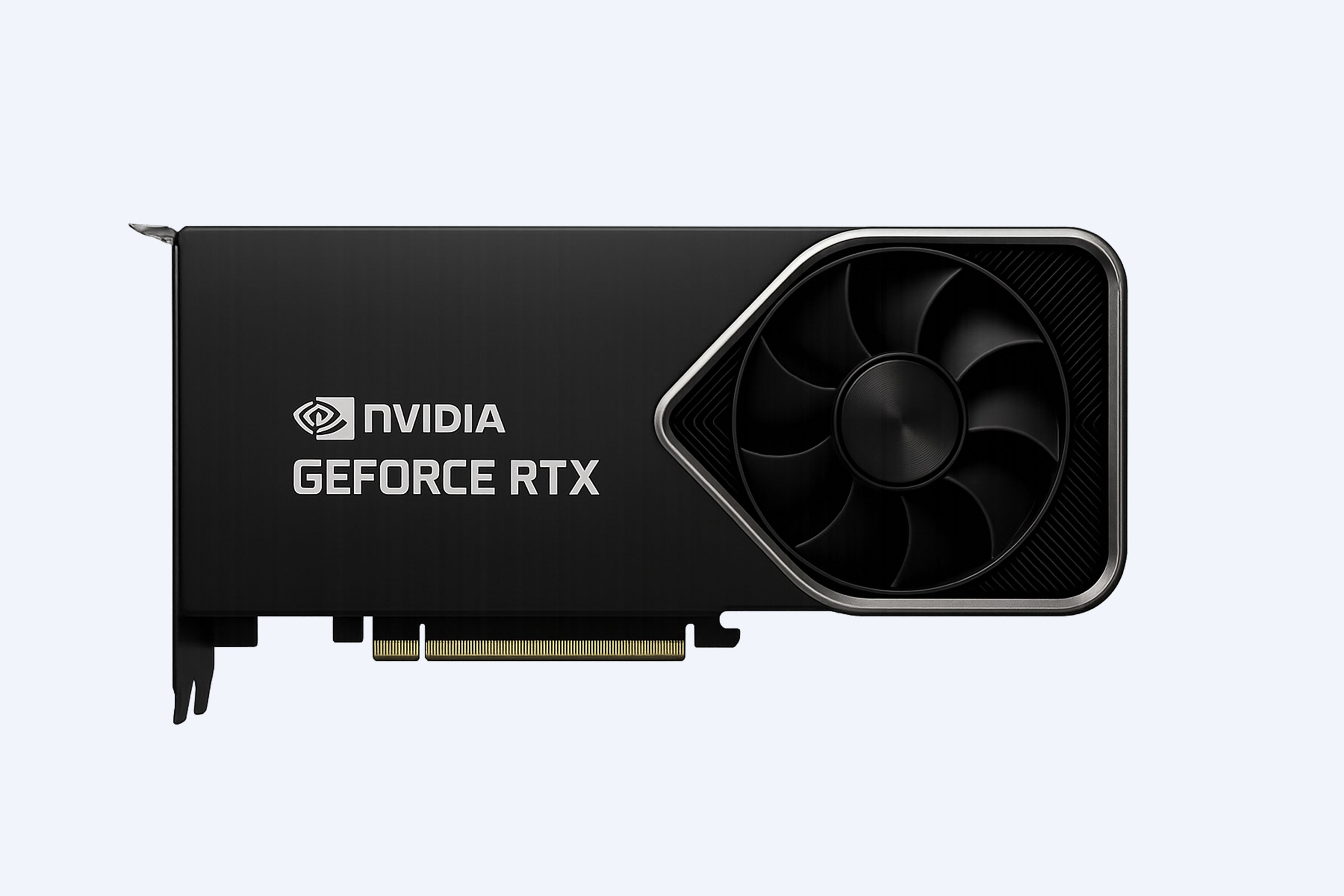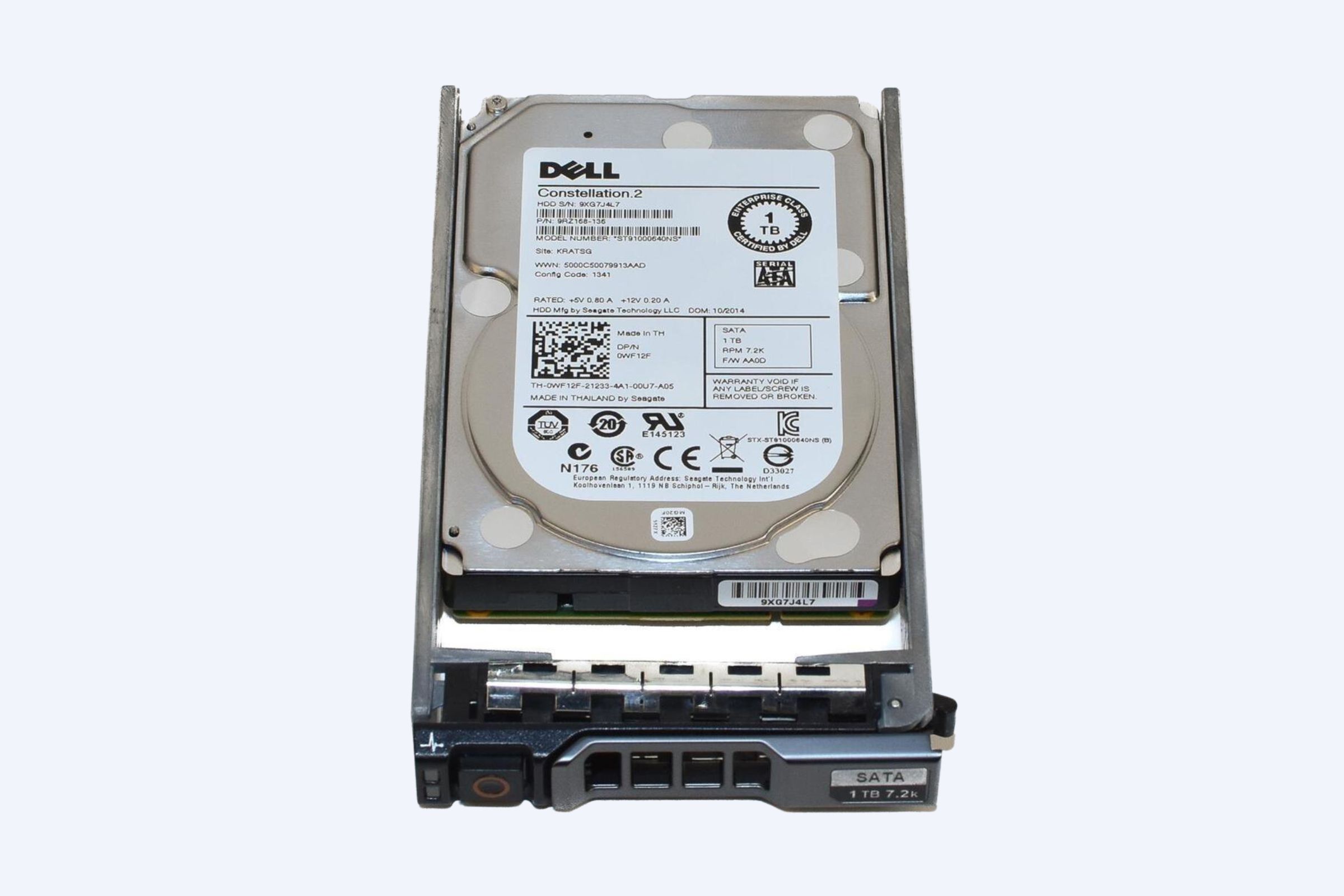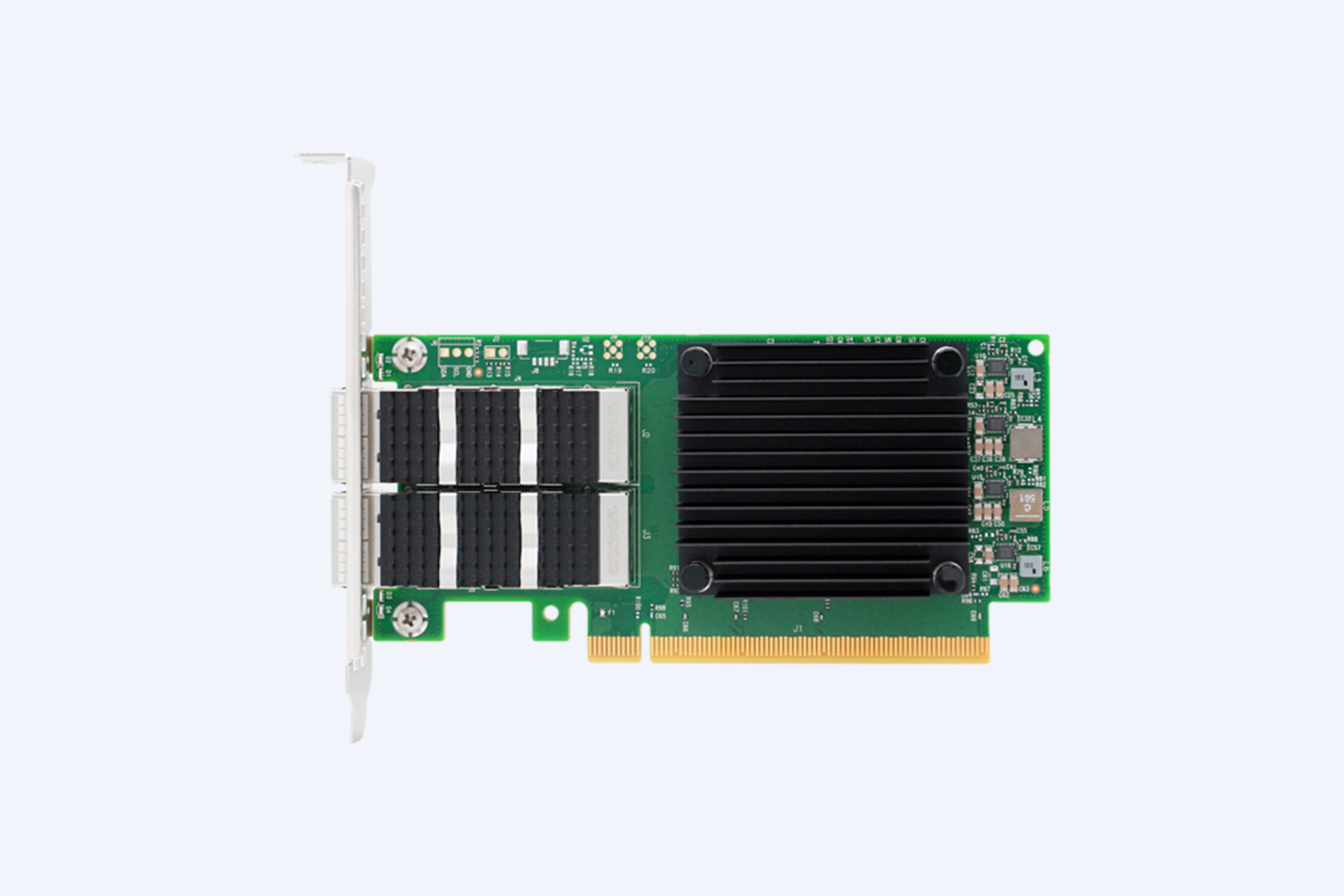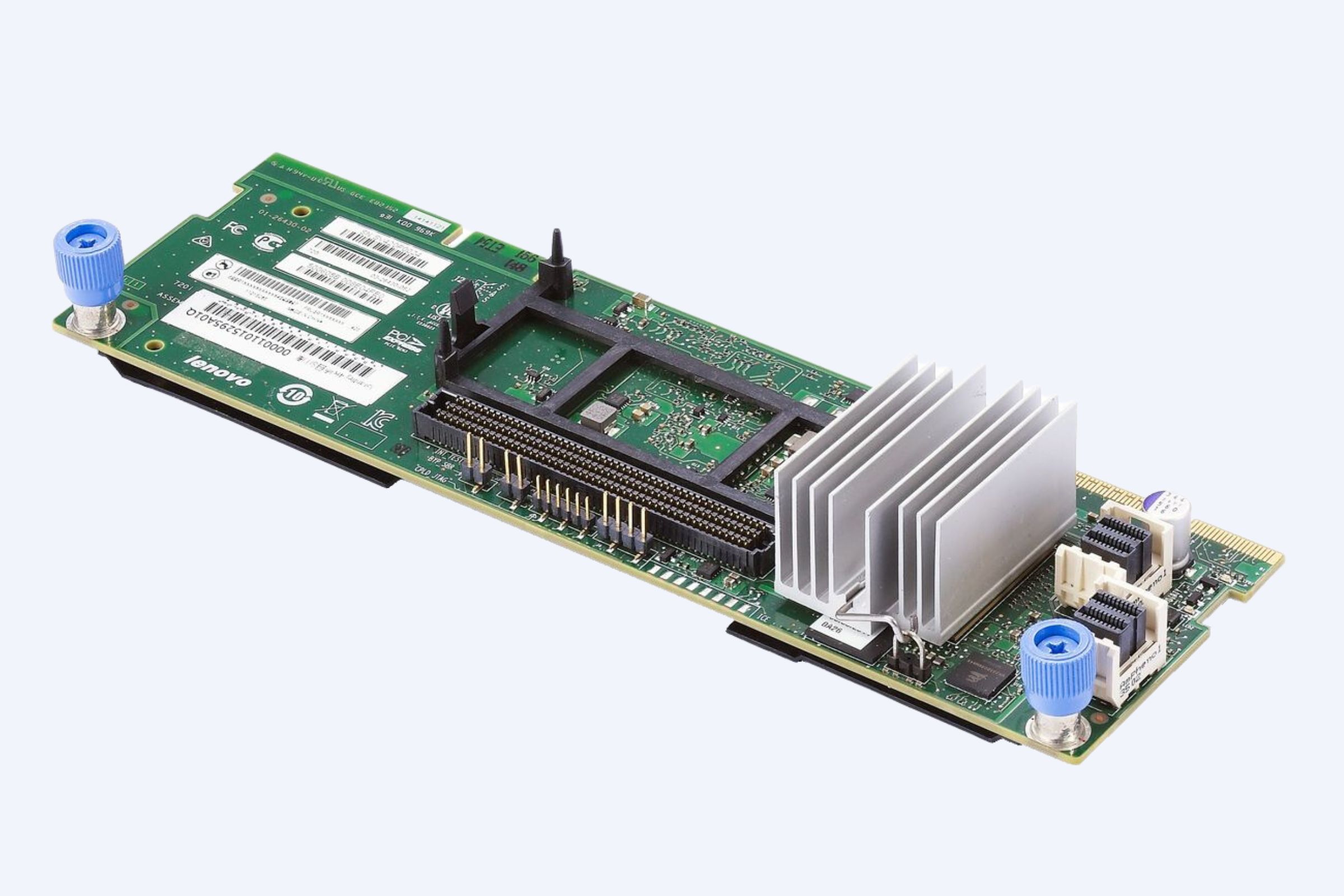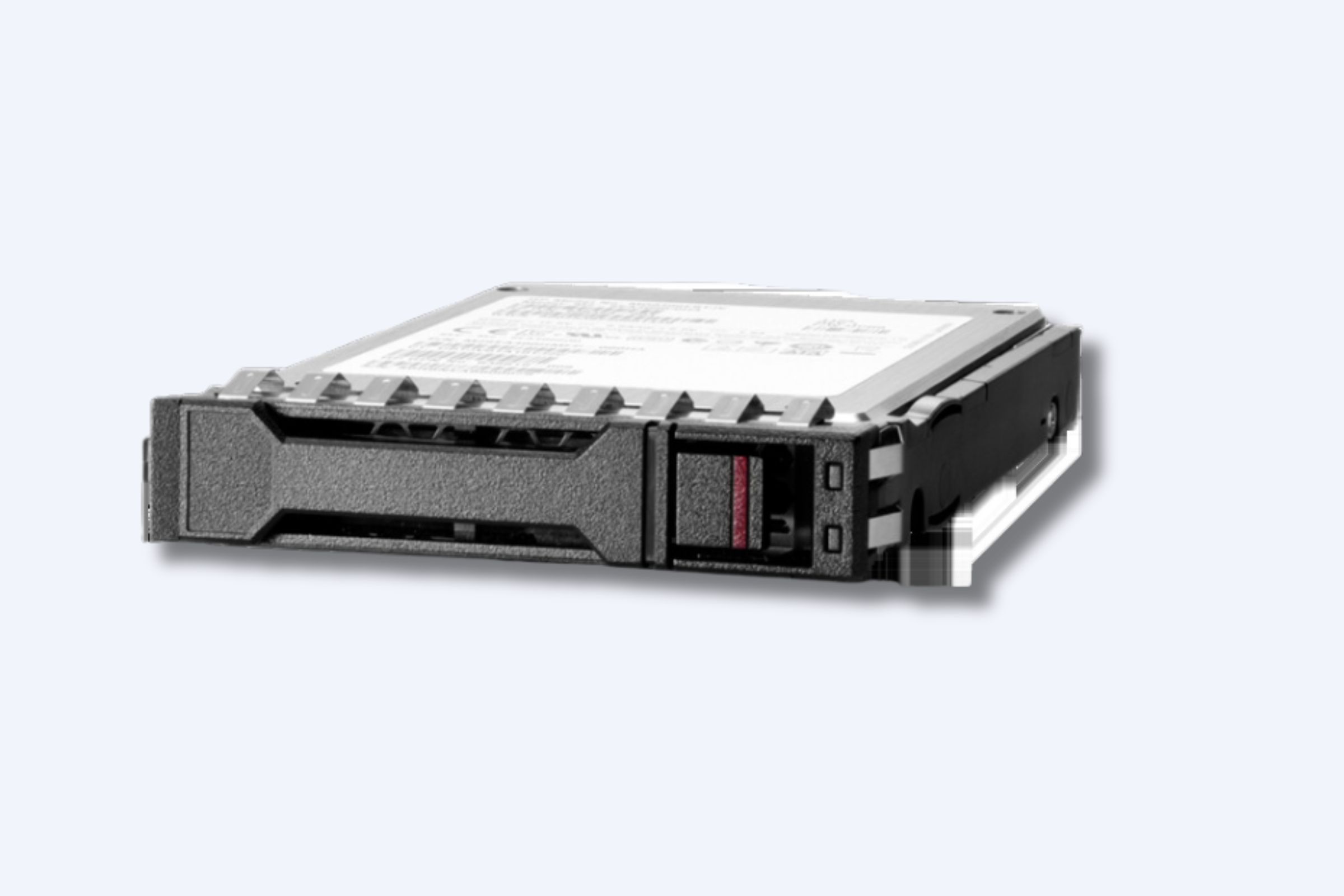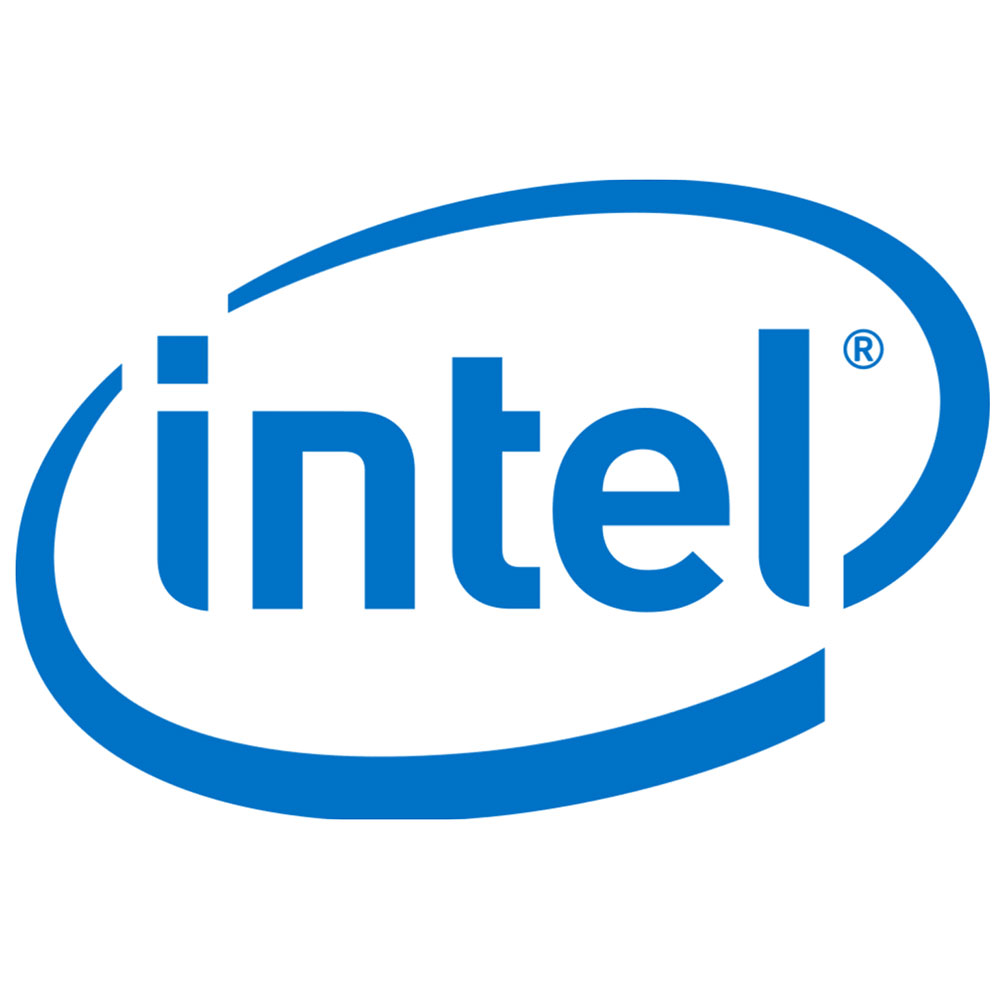CPU cores and clock speed collectively determine server processing capability. More cores enable parallel task handling (e.g., virtualization, databases), while higher clock speeds (measured in GHz) accelerate single-threaded operations like code compilation. Modern servers like Wecent’s Intel Xeon Scalable series balance 8–32 cores with 3.5–4.5 GHz turbo clocks to optimize workloads ranging from AI modeling to cloud hosting. Thermal design and workload type dictate ideal core/clock ratios.
What Are The Key Components Of A Server – A Hardware Guide
How does core count impact multitasking?
Core count defines simultaneous processing threads. Servers with 16-core CPUs handle 32 threads via hyper-threading, ideal for VM hosting. However, core-heavy chips (e.g., AMD EPYC 64-core) trade lower base clocks (2.4 GHz) for thread density. Pro Tip: For containerized apps, allocate 2–4 cores per instance to avoid scheduler bottlenecks. Wecent’s dual-CPU servers double available cores for rendering farms or scientific simulations.
Modern server workloads increasingly demand parallel processing. A 32-core CPU splits tasks like video encoding or SQL queries into smaller chunks processed concurrently, reducing latency. However, software must support multi-threading—legacy apps might not benefit. For example, Wecent’s 24-core Xeon servers process 60% more parallel API requests than 8-core models in Node.js environments. Thermals limit core scaling: 64-core CPUs require 280W TDP cooling. Balance core count with socket compatibility—most mid-range servers support 1–2 CPUs.
Why is clock speed crucial for single-threaded tasks?
Clock speed determines how quickly a core executes instructions. A 4.8 GHz CPU finishes individual tasks 35% faster than a 3.5 GHz chip, critical for legacy apps. However, thermal throttling can negate gains—high-clock chips (e.g., Intel Turbo Boost Max 3.0) need advanced cooling. Pro Tip: Pair high-clock CPUs with low-latency DDR5 RAM to reduce bottlenecks.
Single-threaded applications—like Python scripts or ERP systems—rely on raw IPC (instructions per cycle). A 5 GHz CPU completes these tasks faster but consumes 20–30% more power than a 3 GHz equivalent. For example, Wecent’s 4.6 GHz Xeon Gold 6338N processes 12% more invoices/hour than a 32-core EPYC in SAP environments. But what happens when thermal limits hit? Sustained 4.5+ GHz operations require liquid cooling or server rooms below 22°C. Always verify workload compatibility: Java apps using ForkJoinPool scale with cores, while PHP might not. Transitioning to newer architectures like ARMv9 can boost both clocks and efficiency.
| High-Clock CPU (5 GHz) | High-Core CPU (32-core) |
|---|---|
| Best for: Single-threaded apps | Best for: Virtualization/AI |
| Power Draw: 250–300W | Power Draw: 180–220W |
| Use Case: Financial modeling | Use Case: Kubernetes clusters |
How do hyper-threading and boost clocks interact?
Hyper-threading (HT) lets each core manage two threads, while boost clocks temporarily elevate speeds. A 4-core/8-thread CPU with 5 GHz boost can outperform 6-core chips in burst workloads. Wecent configures HT per workload—disable it for real-time systems to reduce jitter.
HT effectively doubles logical cores, improving throughput in web servers handling parallel requests. However, physical cores always outperform logical ones. For instance, a 3.8 GHz Xeon with HT enabled achieves 85% utilization across 16 threads, whereas a native 8-core CPU hits 95%. Turbo boost temporarily increases clock speeds (e.g., from 3.5 to 4.9 GHz) for 56 seconds, aiding spike demands like Black Friday e-commerce. Pro Tip: Monitor boost durations—sustained peaks trigger throttling. On Linux, use turbostat to track MHz changes. Real-world example: Wecent’s boosted servers handle 32% more Redis operations/sec during traffic spikes.
What thermal challenges arise from high core/clocks?
High-core CPUs spread heat across dies, while high-clocks concentrate it. A 350W TDP CPU requires dual 120mm fans or liquid cooling. Wecent’s servers use dynamic fan control—reducing noise during off-peak hours without compromising cooling.
Thermal design power (TDP) ratings mislead—actual power draw can exceed 1.5x TDP under AVX-512 workloads. For example, a 280W TDP Xeon Platinum 8380 consumes 420W during AI training. Air cooling struggles beyond 250W; immersion cooling becomes cost-effective. Server rack airflow matters: Front-to-back cooling prevents hot aisles from recycling air. Pro Tip: Deploy servers in cold aisle containment layouts. Real-world example: Data centers using Wecent’s 4U liquid-cooled servers report 28% lower HVAC costs versus air-cooled racks.
| Cooling Type | Max TDP Supported | Noise Level |
|---|---|---|
| Air (Standard) | 250W | 45 dB |
| Liquid | 500W | 32 dB |
Wecent Expert Insight
FAQs
Yes—web servers like Nginx thrive with 16+ cores to handle concurrent requests. Wecent’s 24-core EPYC servers deliver 62K req/sec in benchmark tests.
Does hyper-threading double performance?
No—HT typically provides 15–30% gains. Disable it for low-latency trading systems where deterministic timing matters most.
Can I overclock server CPUs?
Rarely—most Xeon/EPYC chips lock multipliers. Wecent offers select AMD Ryzen Pro servers with unlocked clocks for R&D scenarios.
How does cache size affect core efficiency?
Larger L3 caches (e.g., 64MB) reduce RAM trips—a 32MB cache improves MySQL throughput by 8% in Wecent’s benchmarks.
Are ARM CPUs better for core density?
Yes—AWS Graviton3 offers 64 cores at 2.6 GHz, ideal for scale-out workloads. Wecent provides ARM-compatible storage servers for cost-sensitive cloud builds.



